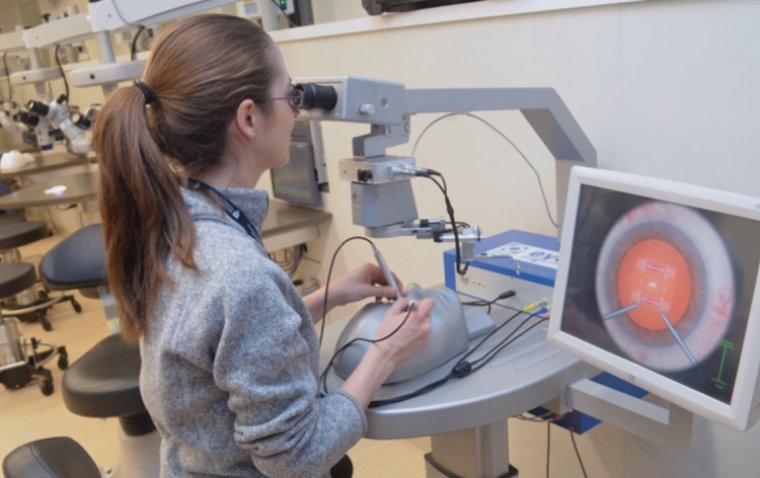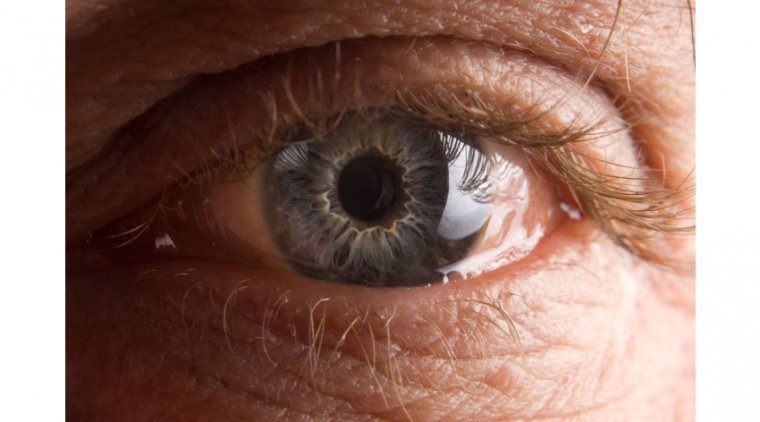
How Long Is Ophthalmology Residency? - A Comprehensive Insight
Embarking on a career in ophthalmology involves a meticulous journey of education and training, with the residency period being a critical phase in shaping a future ophthalmologist's expertise. The duration of an ophthalmology residency is a key consideration for aspiring professionals in this field.
Duration Overview
Ophthalmology residency programs typically span three years. This time frame is designed to provide residents with a comprehensive and in-depth understanding of the various aspects of eye care, ranging from routine examinations to complex surgical procedures. The three-year duration allows residents to gain hands-on experience, develop clinical skills, and delve into research opportunities.
Year-by-Year Breakdown
1. First Year: The initial year is often focused on establishing a strong foundation in general ophthalmology. Residents engage in rotations covering essential areas such as comprehensive ophthalmology, ocular pathology, and outpatient care. Surgical exposure may begin with basic procedures under supervision.
2. Second Year: As residents progress into their second year, they typically delve deeper into subspecialties within ophthalmology. This may include rotations in areas like glaucoma, retina, cornea, and pediatric ophthalmology. Surgical skills are honed further, and residents gain exposure to more advanced procedures.
3. Third Year: The final year is a crucial phase where residents consolidate their skills and knowledge. They often take on more responsibilities, including leadership roles in clinics and surgical settings. Advanced surgical experiences become more prominent, and residents may have the opportunity to tailor their training to align with their specific interests within ophthalmology.
Key Components of Ophthalmology Residency
● Clinical Rotations: Residents engage in a variety of clinical rotations covering different subspecialties, ensuring a well-rounded education.
● Surgical Training: Ophthalmology residencies emphasize surgical training, progressively allowing residents to perform a wide range of procedures under supervision.
● Research Opportunities: Many programs encourage residents to participate in research projects, contributing to the advancement of ophthalmic knowledge.
● Didactic Education: In addition to clinical and hands-on experiences, residents participate in didactic sessions, conferences, and grand rounds to enhance their theoretical understanding.
Check our exclusive article titled “Top 5 Ophthalmology Residency Programs in the U.S. & How to Get In”
Challenges and Rewards
Ophthalmology residency is known for its intensity, requiring commitment, dedication, and a passion for the field. Long hours, challenging cases, and a steep learning curve are balanced by the rewards of making a significant impact on patients' vision and quality of life.
Conclusion
The three-year duration of ophthalmology residency serves as a comprehensive training period, equipping future ophthalmologists with the skills and knowledge needed for a successful career. Aspiring professionals should approach this journey with enthusiasm, recognizing the value of each year's unique experiences and challenges.
(1).jpg)










